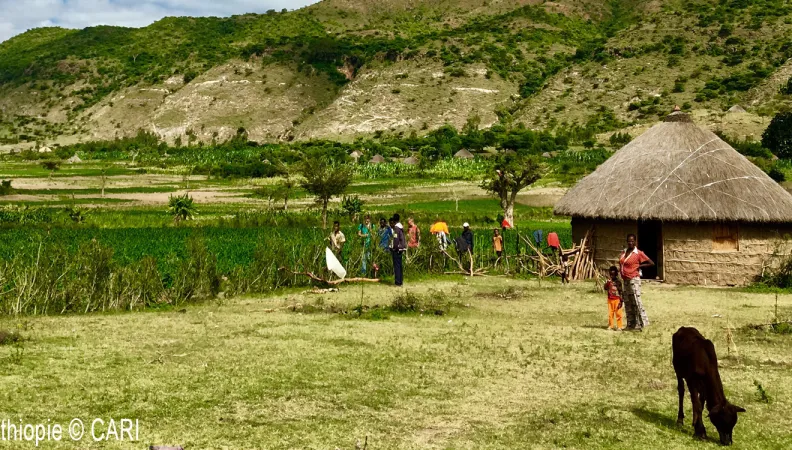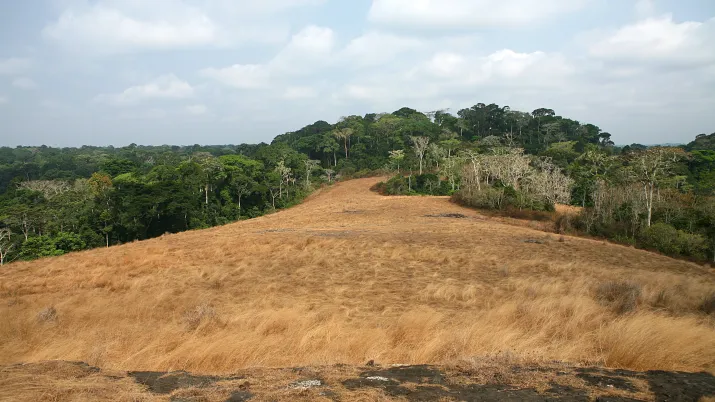Share the page
Agroecology and adaptation to climate change: Review of the AVACLIM workshop
Published on

On 11 and 12 January, a review workshop was held in Montpellier for the AVACLIM project supported by the FFEM and GEF-FAO for the Centre for International Actions and Achievements (Centre d’actions et de réalisations internationales - CARI).
Over its three-and-a-half year lifetime, the challenge of the AVACLIM project was to contribute to the development of agroecology in dry zones in order to combat climate change on the African continent (Senegal, Burkina Faso, Morocco, Ethiopia), in India and in Brazil.
While many have been involved for a long time in the development of an agroecology approach and techniques in dry zones, challenges still remain:
- inadequate capitalisation of experience,
- a lack of scientific validation of the results and impacts obtained, and analysis of the factors in, and obstacles to, the development and success of agroecological practices,
- and a lack of support in public policies. These 3 factors are intrinsically linked.
In order to remedy these findings, the AVACLIM project sought to bolster the capabilities of those involved in agroecology, assessing the initiatives over 14 regions, and ultimately instigating scientific advocacy actions to promote public policies and capitalise on the results obtained.
To achieve this, those involved in the project proposed ,10 years ago, the design and testing of a new methodology/tool for evaluating the performance of agroecological initiatives.
Conceived by a research consortium (IRD-CIRAD-Montpellier Supagro), the “AVACLIM” method was tested on a selection of 14 agroecological initiatives already underway in chosen countries across 3 continents, to obtain a broad spread of results.
The project review focuses more on the building blocks for the method, rather than the performance results of the systems assessed, which are too few at this stage to identify any real trends. Nonetheless, several very preliminary results were presented following evaluation of the 14 initiatives, with particularly good results on the limited use of phytosanitary products, on resilience and on food security (sanitary quality of production, diversity of production, meeting of food needs, etc.)
The building of advocacy based on the results from evaluations of these pilot initiatives will follow later, given the long time taken to develop and test the tool, which lasted the full 3 years of the project.
Nonetheless, the “AVACLIM” method triggered others such as the “TAPE” tool, developed by the FAO, and the method developed by the Working Group on Agroecological Transitions (GTAE), which were presented during the second day of the meeting when the “AVACLIM” approach was put into perspective and discussed.
The building of advocacy based on the results from evaluations of these pilot initiatives will follow later, given the long time taken to develop and test the tool, which lasted the full 3 years of the project.
Nonetheless, the “AVACLIM” method triggered others such as the “TAPE” tool, developed by the FAO, and the method developed by the Working Group on Agroecological Transitions (GTAE), which were presented during the second day of the meeting when the “AVACLIM” approach was put into perspective and discussed.
“The workshop also helped confirm the usefulness of capitalising the different evaluation methods for assessing agroecology performance, the idea being to clarify how useful each method was depending on the participants, the needs, the contexts and the objectives sought through the evaluation.” commented Aurélie Ahmin Richard, head of the AVACLIM project at the FFEM.
Further reading
Patrice Burger : “Agroecology must be on the agenda if it’s to become a tool recommended by the COP”
Published on May 12, 2022


